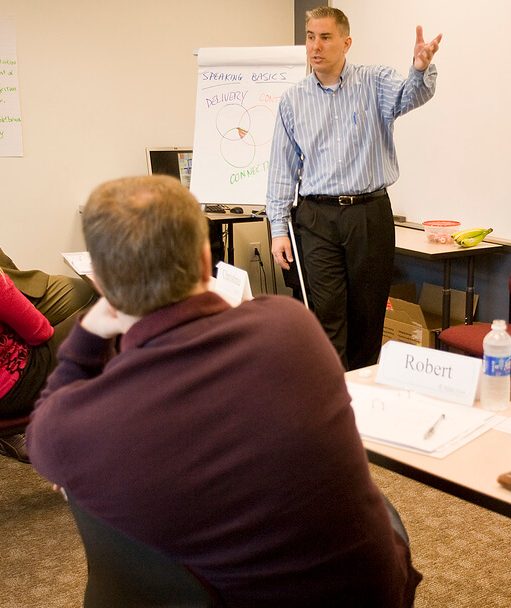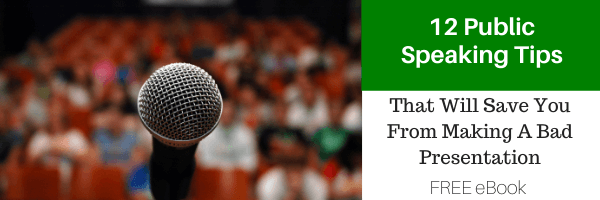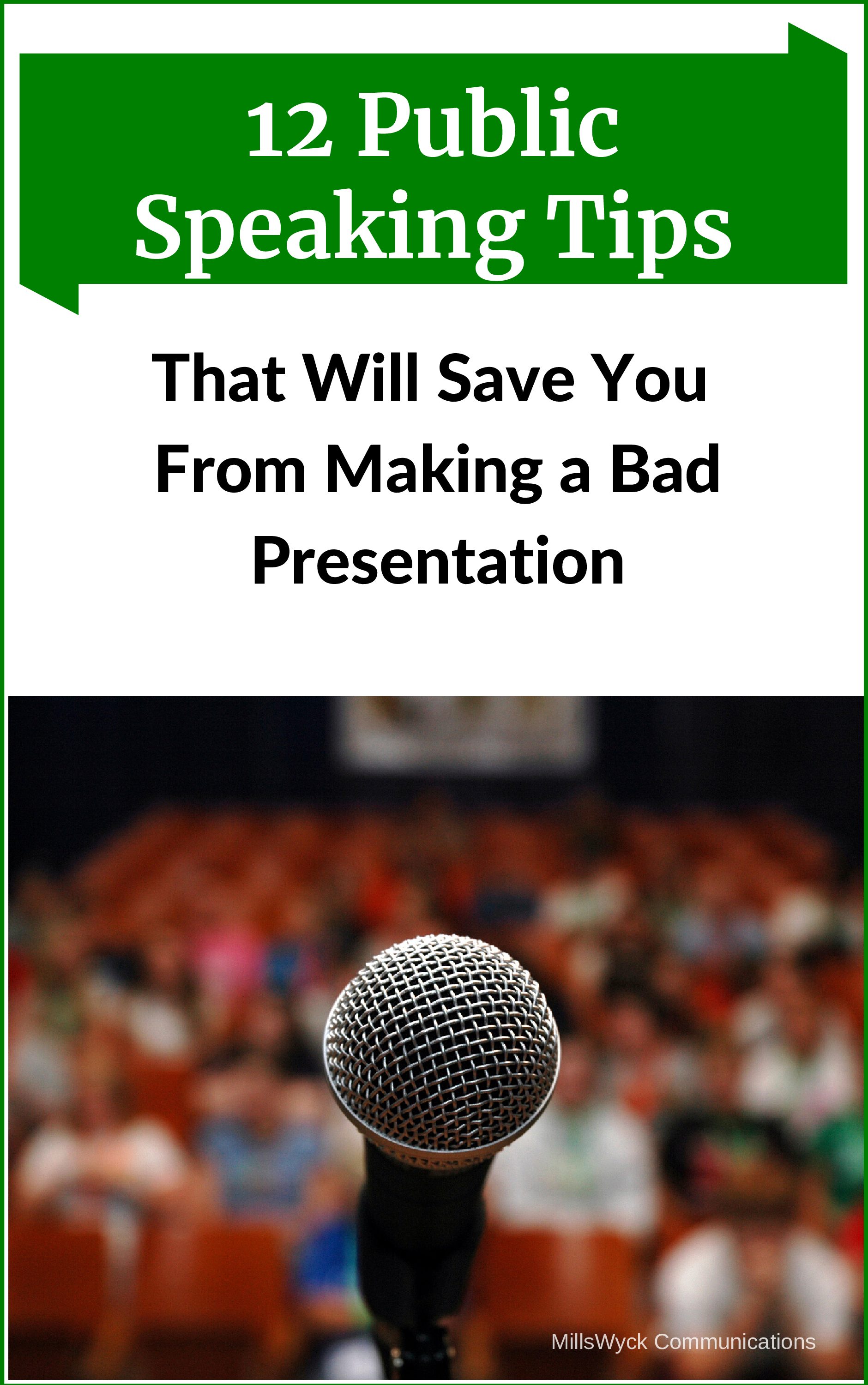Years ago I coached a Fortune 500 executive on her quarterly Town Hall meetings for her division. She wanted something fresh. “It feels like I say the same thing every quarter.” When I inquired further, she really was saying the same thing most every month but did not feel that the troops were “getting it”. If you’re saying something but the audience isn’t getting it, whose problem is that?
My mother’s voice rings in my ears: “If I’ve told you once, I’ve told you a thousand times.” Or what my family says to me often: “But dad, we told you.” The title of the worthwhile training book by Howard Stolovitch says it well: Telling Ain’t Training. The measure of success in communication is not in the giving, it’s in the receiving. Did the audience get the message? If the answer is no, then communication failed. This is summed up nicely in a quote from my teaching days: if the learner hasn’t learned, then the teacher hasn’t taught.
This is just a corollary to Rule #1. We think we – the communicator – are the critical piece of the puzzle. Perhaps we’ve created a new version of the old tree-in-the-forest riddle: If a speaker says something noteworthy and no one remembers it…
One of the things I started doing online (after we moved most everything to that forum in March 2020) is to end each session with an interactive “What did you get out of today?” I type them in as the participants chime in. It’s enlightening to see what is – and what isn’t – considered worthy of mention by my participants. More often than not, they are directly correlated to how I deliver the material.
Here are three contributing factors I’ve found that help an audience retain material.
- Open strong – There is a basic inertia in an audience that whispers to them, “This might be boring.” It’s incumbent on effective communicators to overcome this attitude, quickly. Not “in a couple of minutes” quickly. First words quickly. Quit with the trite, “I’m so happy to be here” and “Hi, my name is and I’ll be talking about…” openings. They already know or expect those facts. Grab their attention from the very first words and provide a connection to the central point you’d like to get across and your listeners are more likely to follow you. The primacy effect tells us that first words are too valuable to waste on information you don’t care if the audience remembers or not. I use stories more than any other technique for opens, but quotes, startling facts, current events, humor, amazing visuals, or even a pertinent question can work just as nicely.
- Give the audience something to do – Listening is hard. Our minds wander. Sights and sounds distract us. But if I am focused on action, then it’s easier to engage the mind. Whether it’s, “Write this down…” or “Turn to your neighbor and try this…” or “pull out your phone and make an appointment…”, giving your audience something to do will help them stay on track and remember what you say. Online, we’ve had great success with breakout rooms and shared documents where participants collaborate to synthesize the ideas we’re discussing. Then they come back to the larger group and report on their findings.
- Repeat what’s important. – This is hard for experts and leaders. You know what you’re trying to get across. You live it, embody it. But the audience does not. Until you know for sure that the core message has been retained, then it’s worth repeating again. Even then, it’s not wasted breath, it’s reinforcement. This is especially critical for items like the company’s vision, or the differentiating factor in your product, or the decision-making principle you want your audience to use in the moment of truth.
Of course, no technique is foolproof to guarantee an audience gets and can repeat your message. Internal distractions, prior experience, and learning ability all factor in and are completely out of the control of the presenter. But great communicators accept the challenge to do all they can to ensure that an audience can repeat the vital message being transmitted. We would say this is true success in communication.
I’ve been given an advanced preview of a tool called Yooli. It’s an Artificial Intelligence analyzer for speaker videos. I’m providing feedback on the tool in its development (I used to be a software tester), but I’m excited about what it will do for those willing to use video to advance their speaking skills. Head on over to https://www.yoodli.ai/ and sign up to be notified when it will be publicly available.
The 2022 dates for our public Powerful, Persuasive Speaking workshops have been set. We’ll hold two public workshops in Raleigh, NC: March 28-29 & September 12-13. Head on over to https://millswyck.ticketleap.com/ to sign up. If you have a team in your organization that need advanced speaking skills, now is the time to schedule in-house training for them as well.
Communication matters. What are you saying?
Want more speaking tips? Check out our Free Resources page and our YouTube channel.
We can also help you with your communication and speaking skills with our Workshops or Personal Coaching.
This article was published in the February edition of our monthly speaking tips email newsletter, Communication Matters. Have speaking tips like these delivered straight to your inbox every month. Sign up today to receive our newsletter and receive our FREE eBook, “Twelve Tips that will Save You from Making a Bad Presentation.” You can unsubscribe at any time.




